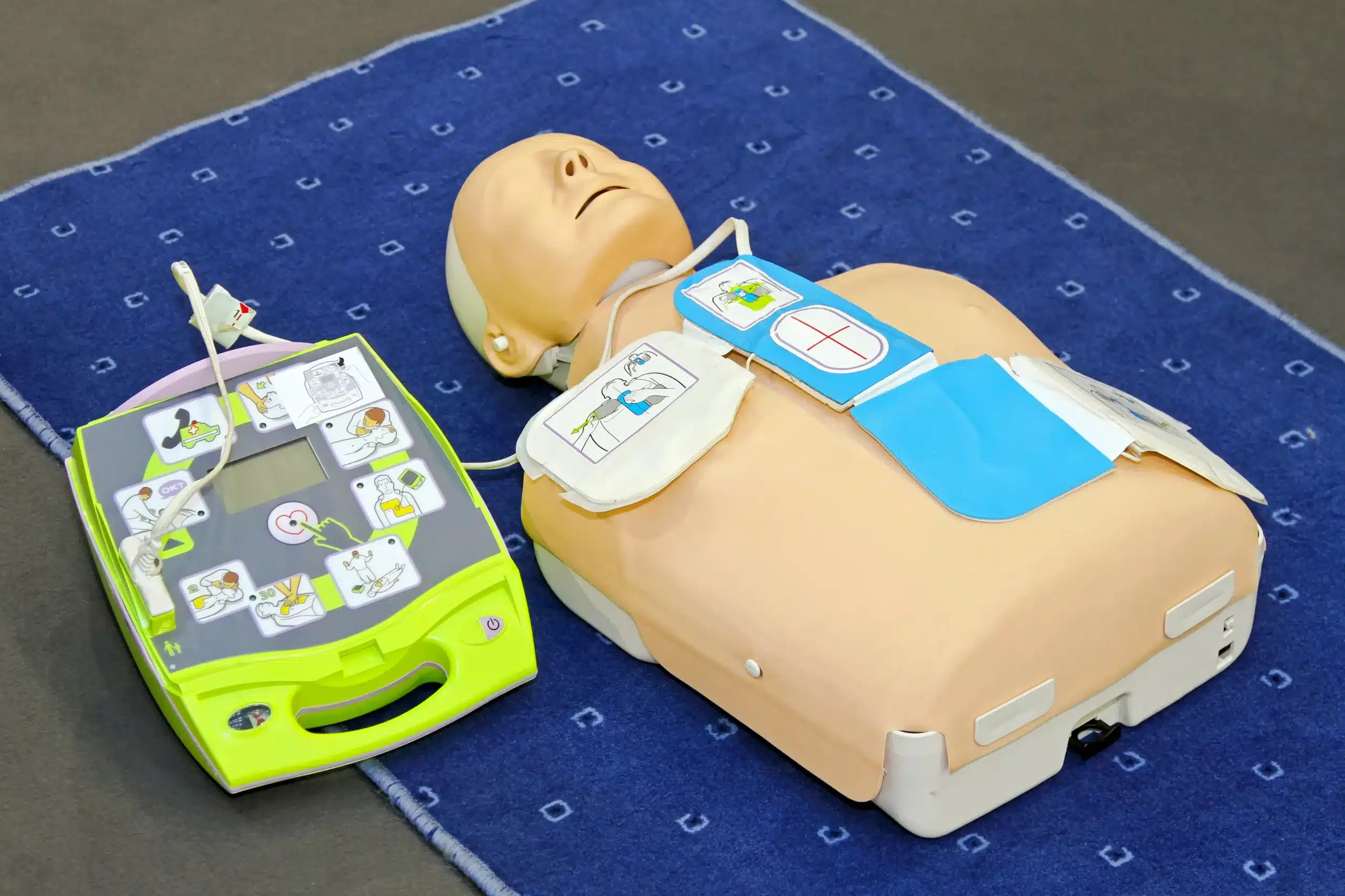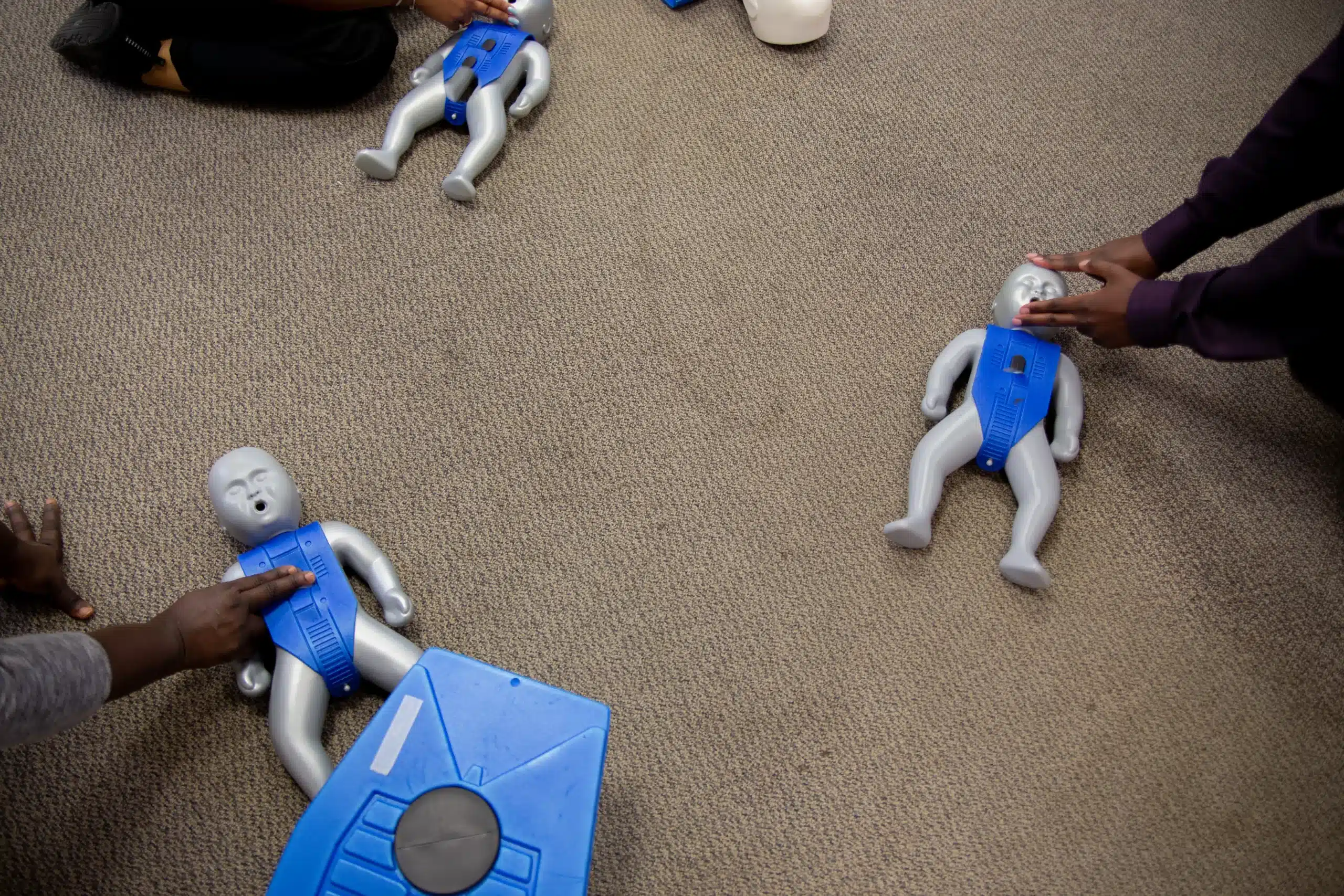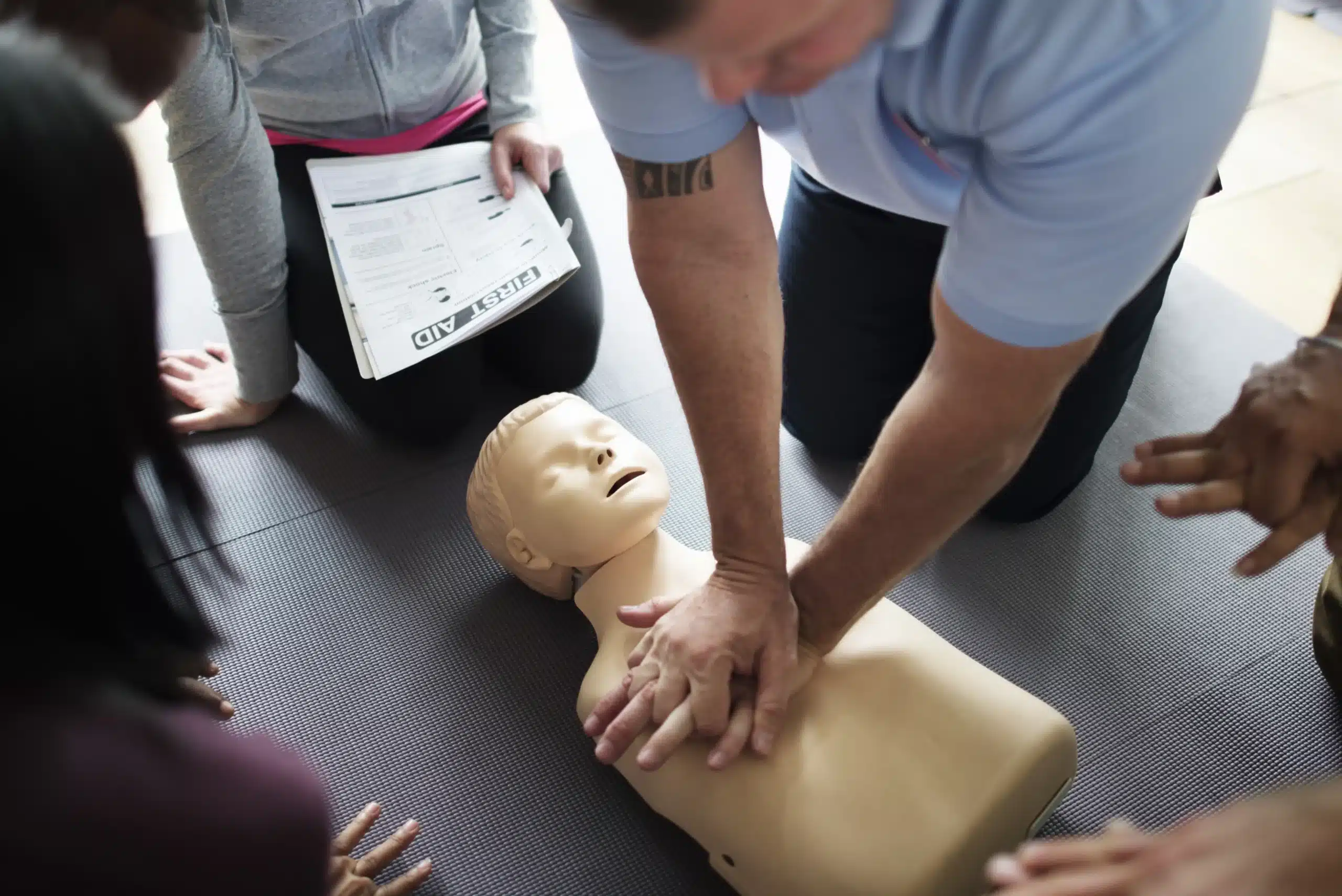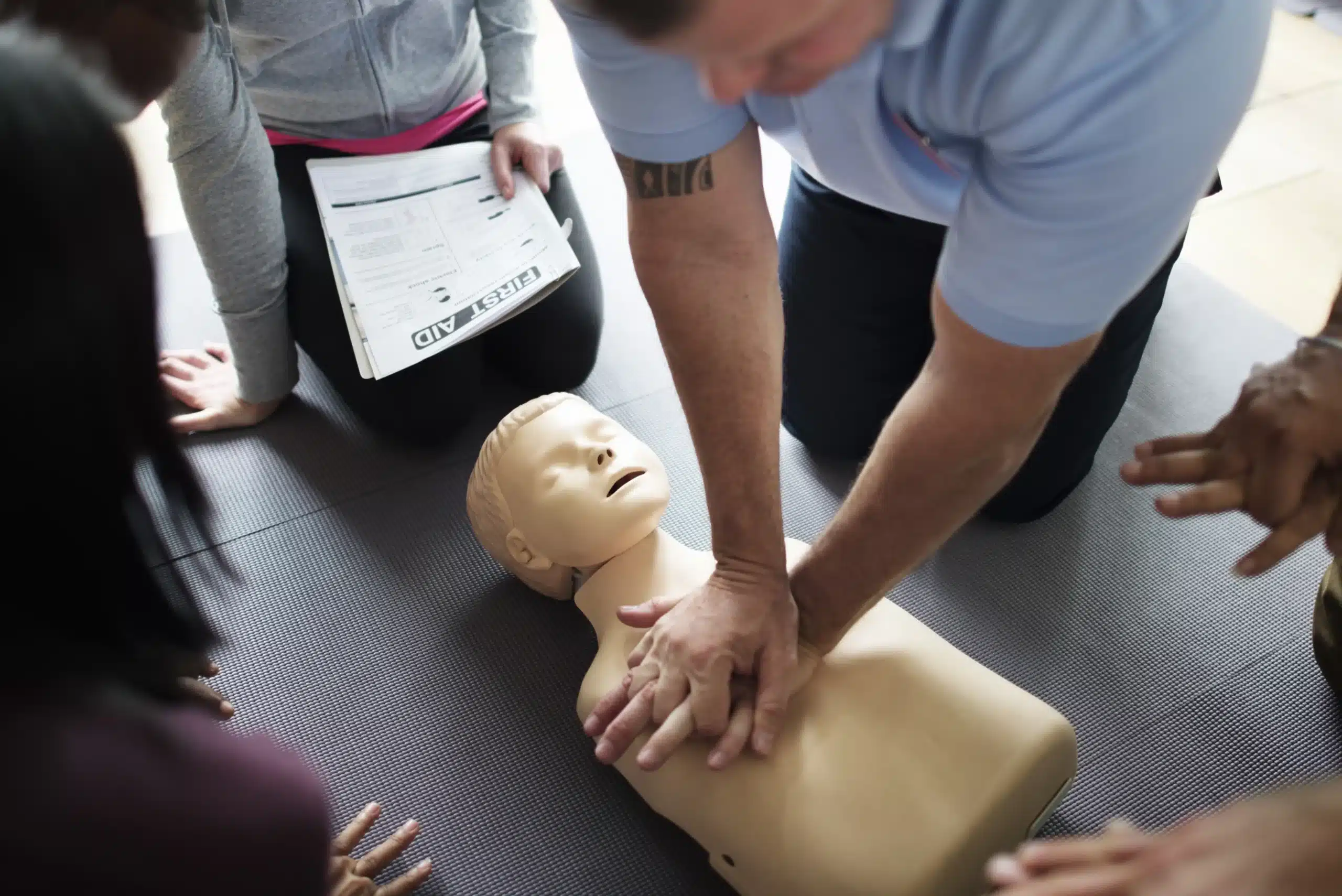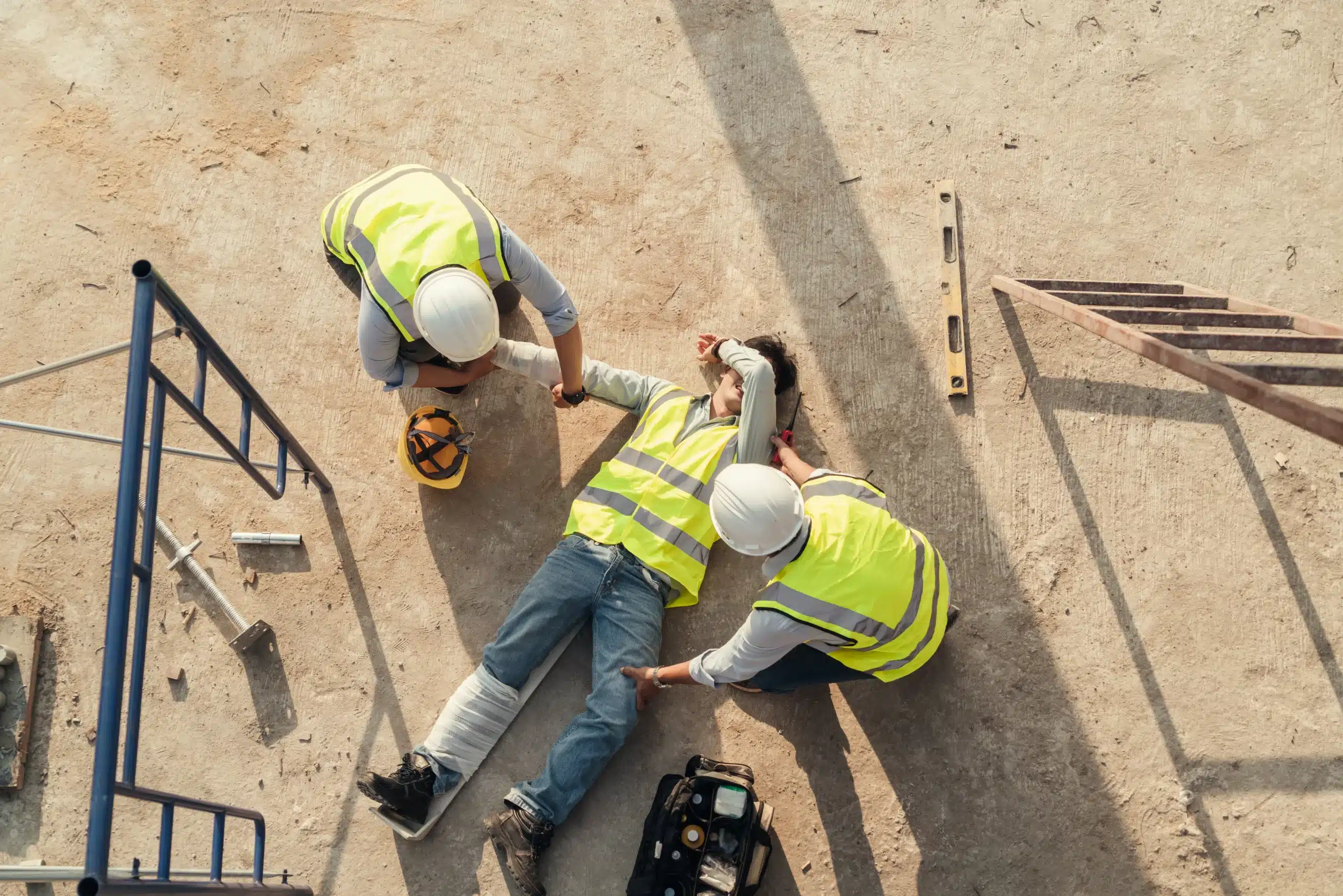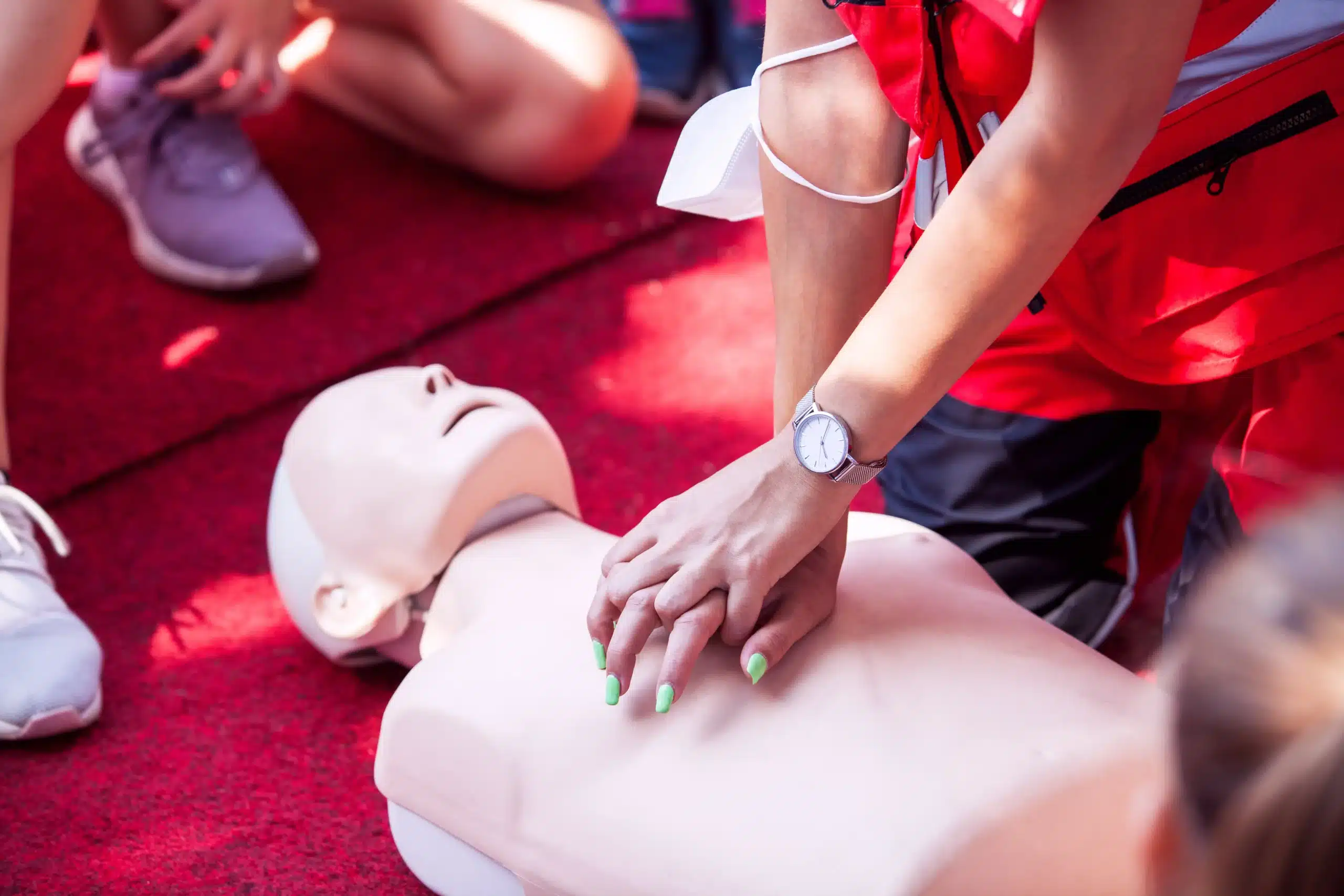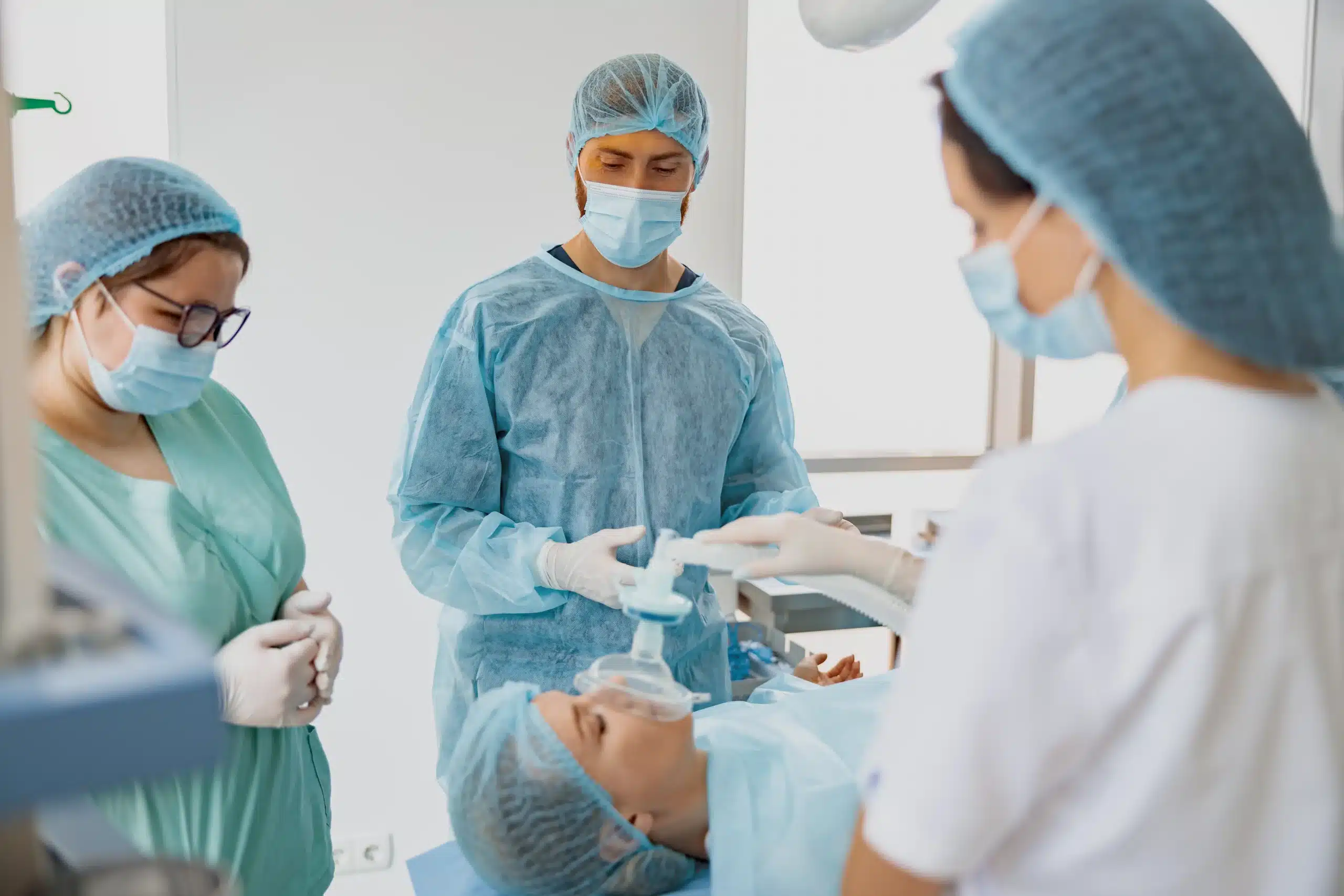In the face of a medical emergency, seconds can matter. BLS certification equips you with the skills and confidence to act quickly and effectively, potentially saving a life. This guide is your go-to resource for all things BLS certification. We’ll explore the benefits of BLS training, the different types of courses available, and how to find “BLS certification near me.” We’ll also discuss the certification process, exam preparation, and how to maintain your certification in the long run. Whether you’re a healthcare provider or simply want to be prepared for any situation, this guide will help you get started.
Key Takeaways
- BLS certification equips you with crucial life-saving skills: From CPR and AED use to airway management, these skills empower you to confidently respond to emergencies. Whether you’re a healthcare professional or simply want to be prepared, BLS training offers invaluable knowledge.
- Finding the right BLS course is easy: Explore various options, including local training centers, online courses, and hybrid programs. Consider factors like cost, schedule, and learning preferences to choose the best fit. Providers like Redwood City CPR Classes offer convenient and affordable options.
- Maintaining your BLS certification requires ongoing effort: Recertify every two years and stay updated on the latest guidelines to ensure your skills remain current. This commitment to continuous learning reflects your dedication to providing high-quality care.
What is BLS Certification & Why is it Important?
Knowing what BLS certification is and why it matters can help you decide if it’s the right choice for you. It’s a common requirement for many healthcare jobs and can also be valuable for anyone who wants to be prepared in an emergency. Let’s break down the basics.
What is BLS?
Basic Life Support (BLS) certification equips you with essential life-saving skills. It’s more than just a piece of paper—it signifies your readiness to respond to critical situations. There are some common myths about BLS certification, so it’s important to get accurate information. BLS focuses on providing immediate care during cardiac arrest, breathing emergencies, and other life-threatening events.
Why is BLS Important?
BLS training empowers you to act quickly and confidently during emergencies. It covers core techniques like CPR, using an AED, and relieving choking. These skills can make a real difference, potentially saving lives in critical situations. Plus, BLS certification can improve your job prospects in healthcare and other related fields. For example, many healthcare providers require their employees to have up-to-date BLS certification.
What Skills Will You Learn?
In a BLS certification course, you’ll gain practical skills and theoretical knowledge. You’ll learn how to recognize life-threatening emergencies and provide immediate care. The training covers essential techniques such as high-quality CPR for adults, children, and infants, using an AED, and clearing obstructed airways. You’ll also learn about team dynamics and effective communication during emergencies. These skills are valuable for healthcare professionals and anyone who wants to be prepared to help in a crisis.
Find BLS Certification Classes Near You
Finding the right BLS certification course often starts with a simple online search— “BLS classes near me” or “BLS certification near me.” But with so many options available, it helps to understand the different paths you can take.
Local Training Centers
Hospitals and clinics frequently offer BLS certification courses for both their staff and the surrounding community. You can also find classes at community centers, fire departments, and dedicated CPR training centers. These local options provide in-person instruction and hands-on practice, ideal if you prefer a classroom setting and value direct interaction with instructors.
Online BLS Certification
Online BLS courses offer a flexible way to complete your training. This format is especially convenient for busy professionals or those with tight schedules. Online BLS certification allows you to learn at your own pace and from anywhere with reliable internet access. Choose a reputable provider that meets the American Heart Association’s standards to ensure your certification is valid.
Top BLS Certification Providers
Several respected organizations offer high-quality BLS certification programs. Here are a few leading providers to explore:
Redwood City CPR Classes
Redwood City CPR Classes offers comprehensive American Heart Association BLS Provider Certification. This program equips healthcare professionals and other rescuers with essential skills to handle life-threatening emergencies. They also offer group discounts, making it a cost-effective option for teams.
American Heart Association
The AHA’s BLS Provider Certification is a widely recognized credential in healthcare. It’s designed for healthcare providers, first responders, and anyone who may need to perform CPR in a medical or emergency setting. The AHA provides a comprehensive curriculum covering essential life-saving techniques.
American Red Cross
The American Red Cross offers a robust BLS program for healthcare professionals and first responders. Their curriculum takes a comprehensive approach, going beyond cardiac emergencies to offer well-rounded training.
National CPR Foundation
The National CPR Foundation is another reputable provider of CPR and BLS certification. These certifications are highly valued by employers, making them beneficial for career advancement in healthcare.
Choose Your BLS Course Format
Finding the right BLS course format is key to successfully completing your training. Let’s explore the most common options so you can choose the best fit for your schedule and learning style.
In-Person Training
In-person BLS training gives you hands-on learning and direct interaction with an instructor. This format offers real-time feedback and the opportunity to practice skills in a controlled environment. For many, the structured setting of a classroom facilitates learning and provides a sense of community with fellow students. If you thrive in a traditional learning environment and value face-to-face instruction, in-person training might be a good choice. Redwood City CPR Classes offers in-person BLS training, allowing you to connect with experienced instructors and practice your skills.
Online Courses
Online BLS courses offer flexibility, allowing you to complete the coursework at your own pace and from anywhere with an internet connection. This format is especially helpful for those juggling busy schedules or located far from training centers. Online learning empowers you to review materials as needed and tailor your study schedule to your individual needs. If you’re a self-directed learner who prefers flexibility, an online course could be a great option. For more information on the challenges and benefits of online BLS recertification, check out this helpful resource.
Hybrid Programs
Hybrid programs combine online learning and in-person skills sessions. You can complete the online coursework at your convenience and then attend a hands-on session to practice your skills and receive personalized feedback. This format offers a balance of flexibility and practical application, making it a popular choice. The Red Cross offers hybrid BLS training in various California locations, allowing you to experience the benefits of both online and in-person learning. You can learn more about their blended learning approach here.
Technology Integration
Technology plays a crucial role in modern BLS training, enhancing the learning experience and making it more accessible. From interactive online modules and simulations to virtual reality training tools, technology enhances engagement and allows for more personalized learning. Whether you choose an online, in-person, or hybrid course, technology streamlines the learning process and helps you master essential BLS skills. The Red Cross provides further insights into how they integrate technology into their BLS training programs.
How Much Does BLS Certification Cost?
One of the most common questions about BLS certification is the cost. Understanding the pricing structure and exploring available discounts can help you budget effectively for this important training.
Average Course Costs
The average cost for BLS certification hovers around $50, though it can vary based on your location and the training provider. Many respected organizations, like Golden Oak Adult School, offer courses within this price range, making high-quality training accessible. For those in the Redwood City area, Redwood City CPR Classes offers a low-price guarantee, ensuring you receive excellent value.
Discounts and Group Rates
If you’re training a team or just want to save on your certification, look for group discounts. Many providers, including Redwood City CPR Classes, offer reduced rates for group registrations. Organizations like the American Red Cross also offer periodic promotions and discounts on training materials, so it’s worth checking their websites for current deals.
Long-Term Benefits
Think of BLS certification as an investment, not just a one-time cost. Your certification is typically valid for two years, after which you’ll need to recertify, as explained by ACLS.com. While recertification represents an ongoing cost, it also ensures your skills stay current with the latest life-saving practices. This ongoing proficiency is essential in emergency situations.
Employer Requirements
BLS certification can significantly enhance your career prospects. Many employers, particularly in healthcare and emergency response, require BLS certification as a prerequisite for hiring. Resources like Heart Start CPR detail the various jobs that prioritize or require this credential. Earning your certification demonstrates your commitment to patient safety and can broaden your job opportunities.
Get BLS Certified: Process and Exam
Getting your BLS certification is a straightforward process, but good preparation is essential. This section covers what to expect during the course and exam, along with common challenges and how to address them.
Course Overview
BLS certification courses typically combine classroom instruction with hands-on practice. You’ll learn the fundamentals of CPR, including chest compressions, rescue breaths, and how to use an AED. In-person classes offer direct interaction with instructors and peers, fostering a collaborative learning environment. Organizations like the American Red Cross offer various formats, including in-person and online BLS training, to accommodate different learning styles.
Exam Prep
Preparing for the BLS exam involves familiarizing yourself with the latest American Heart Association guidelines for CPR and emergency cardiovascular care. Practice the skills you learned in the course, including CPR techniques and AED operation. Staying current with these guidelines helps you adapt to evolving research in emergency care.
Common Challenges
One common challenge is staying up-to-date with changes in BLS guidelines and procedures. Refer to reliable sources like the American Heart Association and your training provider for current information. Some healthcare professionals experience scheduling conflicts or lack employer support for recertification. Consider flexible training options, such as online or blended learning, to fit your needs.
Mental Health and Well-being
Preparing for any exam can be stressful. Manage test anxiety through regular practice and focusing on your strengths. Remember that BLS certification equips you with life-saving skills. If you feel overwhelmed, reach out to your instructor or classmates for support. Understanding the potential challenges of BLS recertification will help you plan and avoid setbacks. Prioritize your well-being throughout the process.
Maintain Your BLS Certification
So, you’ve earned your BLS certification—congratulations! But like most certifications in the healthcare field, BLS certification doesn’t last forever. Staying current with your BLS skills is essential for providing effective, high-quality care. This section covers everything you need to know about maintaining your BLS certification.
Renewal Timeline
BLS certification is valid for two years. To continue practicing, you’ll need to renew your certification before it expires. Keep track of your expiration date and give yourself plenty of time to complete the renewal process. Renewal courses are readily available, both in person and online, offering flexibility for busy professionals.
Recertification Process
The recertification process involves taking a renewal course that covers the latest BLS guidelines and any updates since your last certification. This ensures your skills and knowledge are up-to-date. These courses often incorporate new research, techniques, and best practices to enhance your ability to respond effectively in emergency situations.
Stay Updated on Guidelines
One of the biggest challenges with BLS renewal is staying on top of evolving guidelines and procedures. Medical knowledge and best practices are constantly being refined, so it’s crucial to stay informed. Subscribing to newsletters from reputable organizations like the American Heart Association or following relevant medical journals can help you stay ahead of the curve.
Continuing Education
Maintaining your BLS certification isn’t just about fulfilling a requirement; it’s about committing to lifelong learning and providing the best possible care. Embrace opportunities for continuing education to deepen your understanding of emergency medical procedures. Staying updated on the latest research and guidelines allows you to adapt your skills and knowledge, ultimately improving patient outcomes. Consider attending workshops, conferences, or online courses to expand your skillset and stay at the forefront of emergency care.
Related Articles
- Find BLS Classes Near Me: A Practical Guide – Redwood City CPR Classes
- BLS Recertification Near Me: A Complete Guide – Redwood City CPR Classes
- BLS Training Near Me: Your Certification Guide – Redwood City CPR Classes
- BLS Renewal Near Me: Your Simple Recertification Guide – Redwood City CPR Classes
- BLS Certification in Palo Alto: The Complete Guide – Redwood City CPR Classes
Frequently Asked Questions
Why is BLS certification important? BLS certification gives you the skills to respond to medical emergencies like cardiac arrest and choking. It’s not just about knowing what to do—it’s about having the confidence to act quickly and effectively when every second counts. It’s also often a job requirement in healthcare and related fields.
What’s the difference between online and in-person BLS classes? Both online and in-person BLS classes cover the same core material and lead to a valid certification. In-person classes offer hands-on practice and direct interaction with an instructor, while online classes provide more flexibility for those with busy schedules. The best choice depends on your learning style and availability.
How much does BLS certification cost, and how long does it last? BLS certification typically costs around $50, although prices can vary. Look for group discounts if you’re training with others. Certification is valid for two years, after which you’ll need to recertify to keep your skills current and maintain your credentials.
What does the BLS certification exam involve? The BLS exam assesses your knowledge and practical skills related to CPR, AED use, and other life-saving techniques. It usually involves a written component and a skills test where you demonstrate your proficiency in performing CPR and other emergency procedures. Preparation involves studying the course materials and practicing the skills you’ve learned.
How can I stay updated on the latest BLS guidelines after I’m certified? Staying current with BLS guidelines is crucial for providing effective care. Subscribe to newsletters from organizations like the American Heart Association or the Red Cross. Also, consider taking refresher courses or attending workshops to stay informed about any changes in procedures or best practices.
